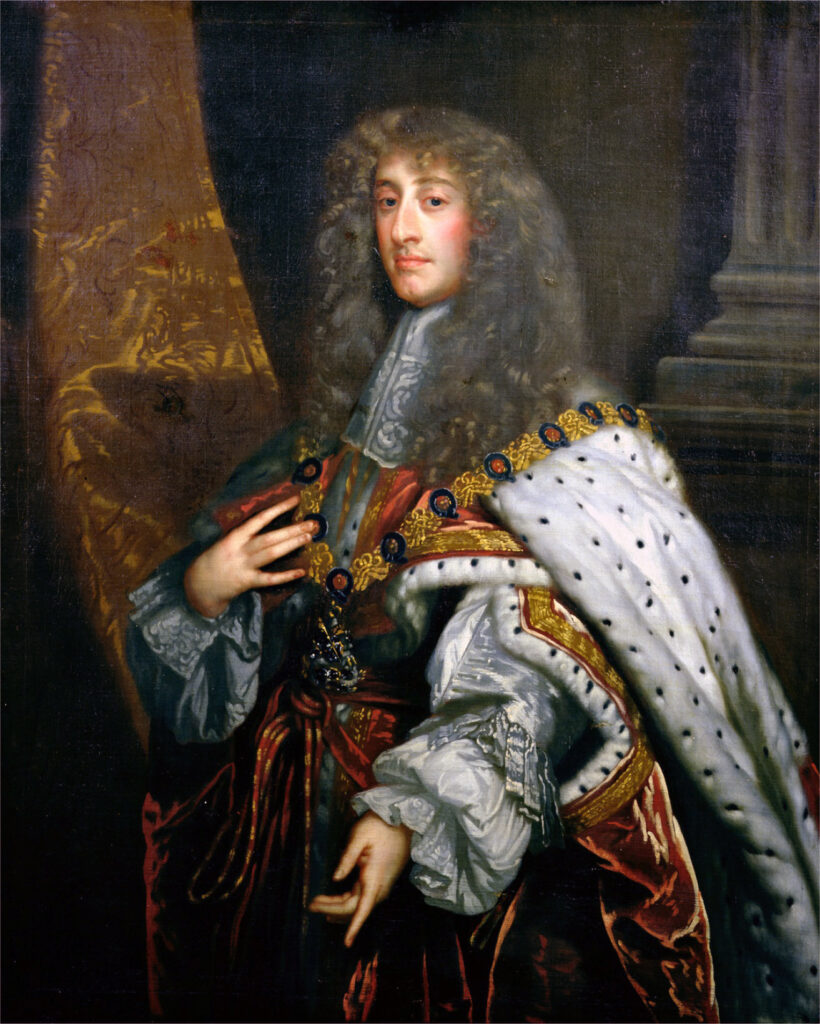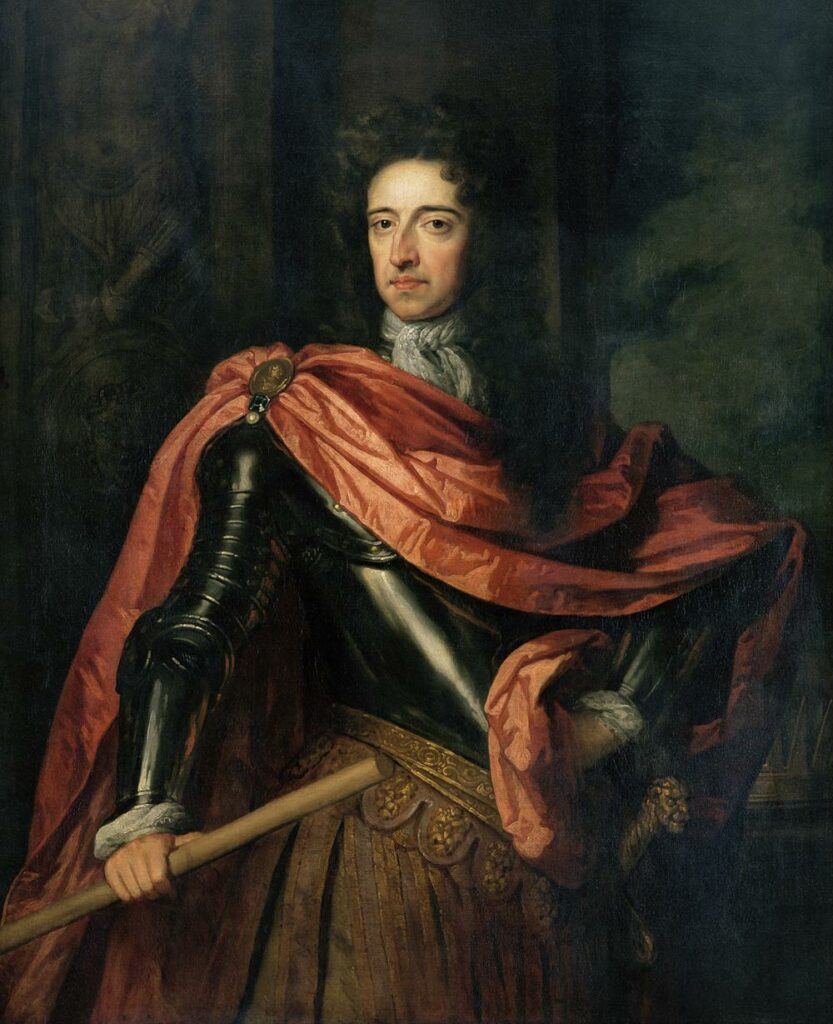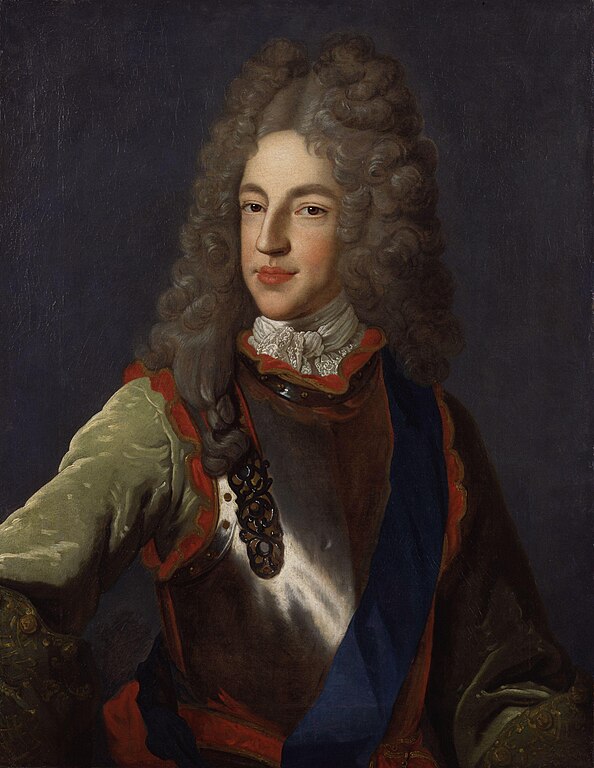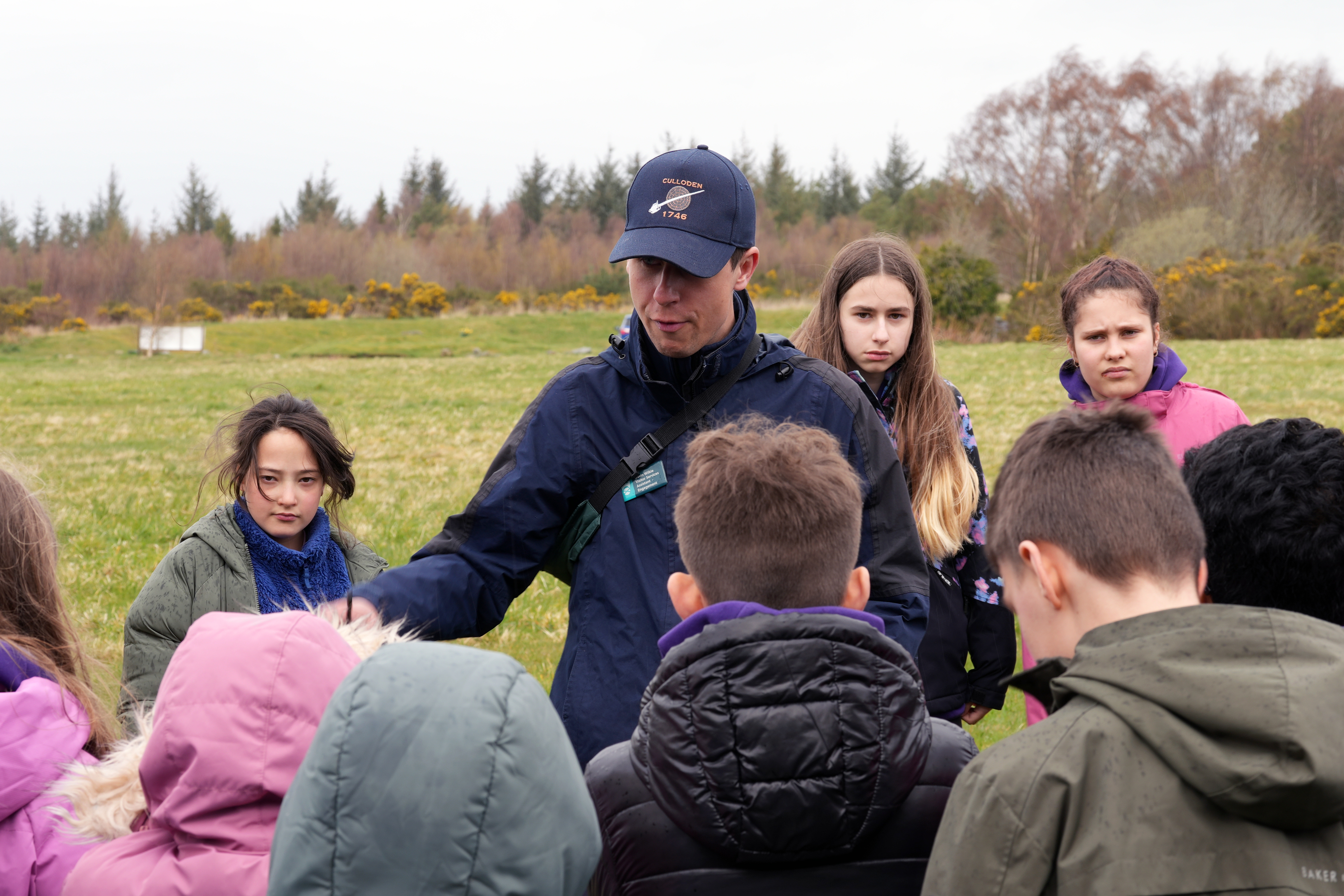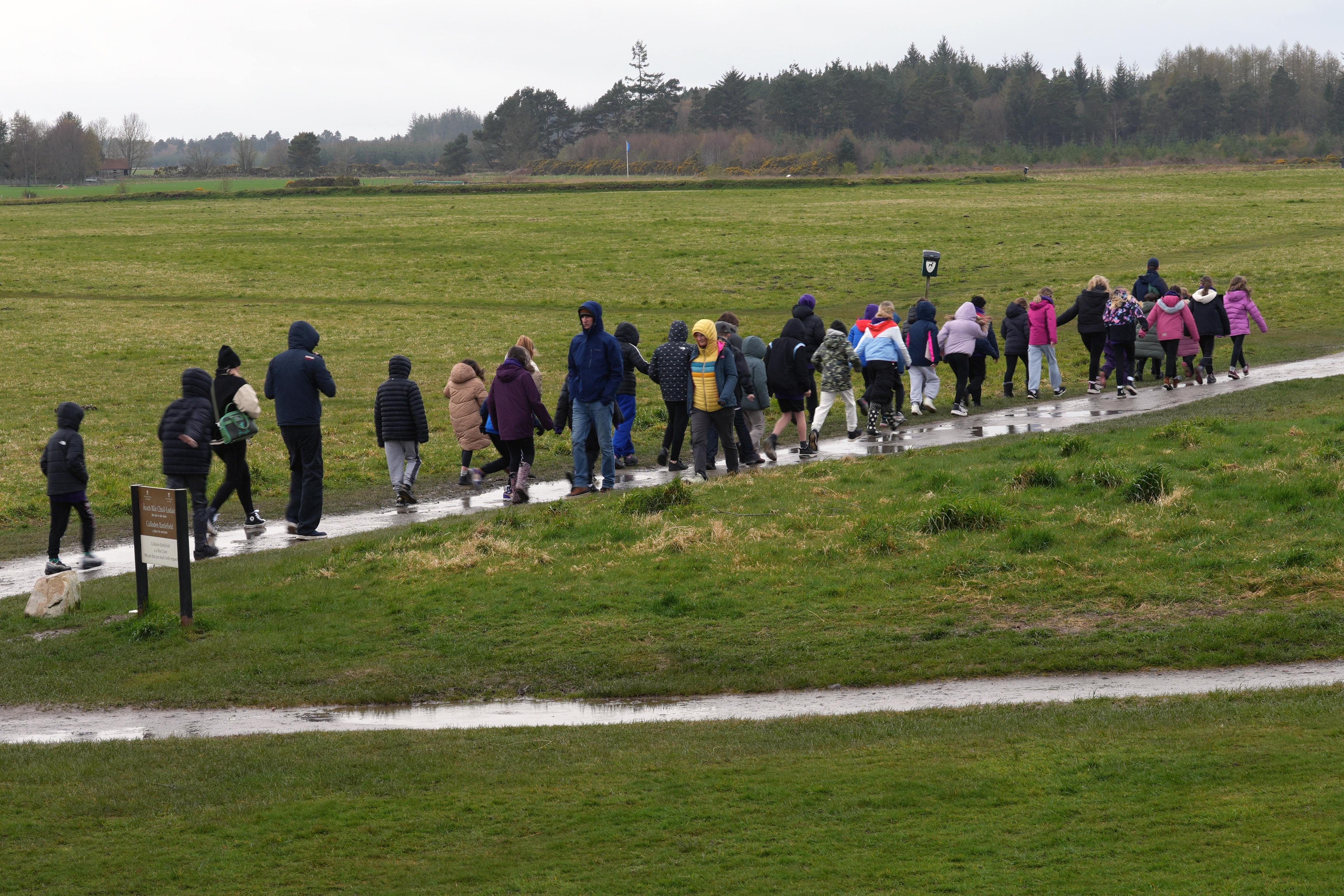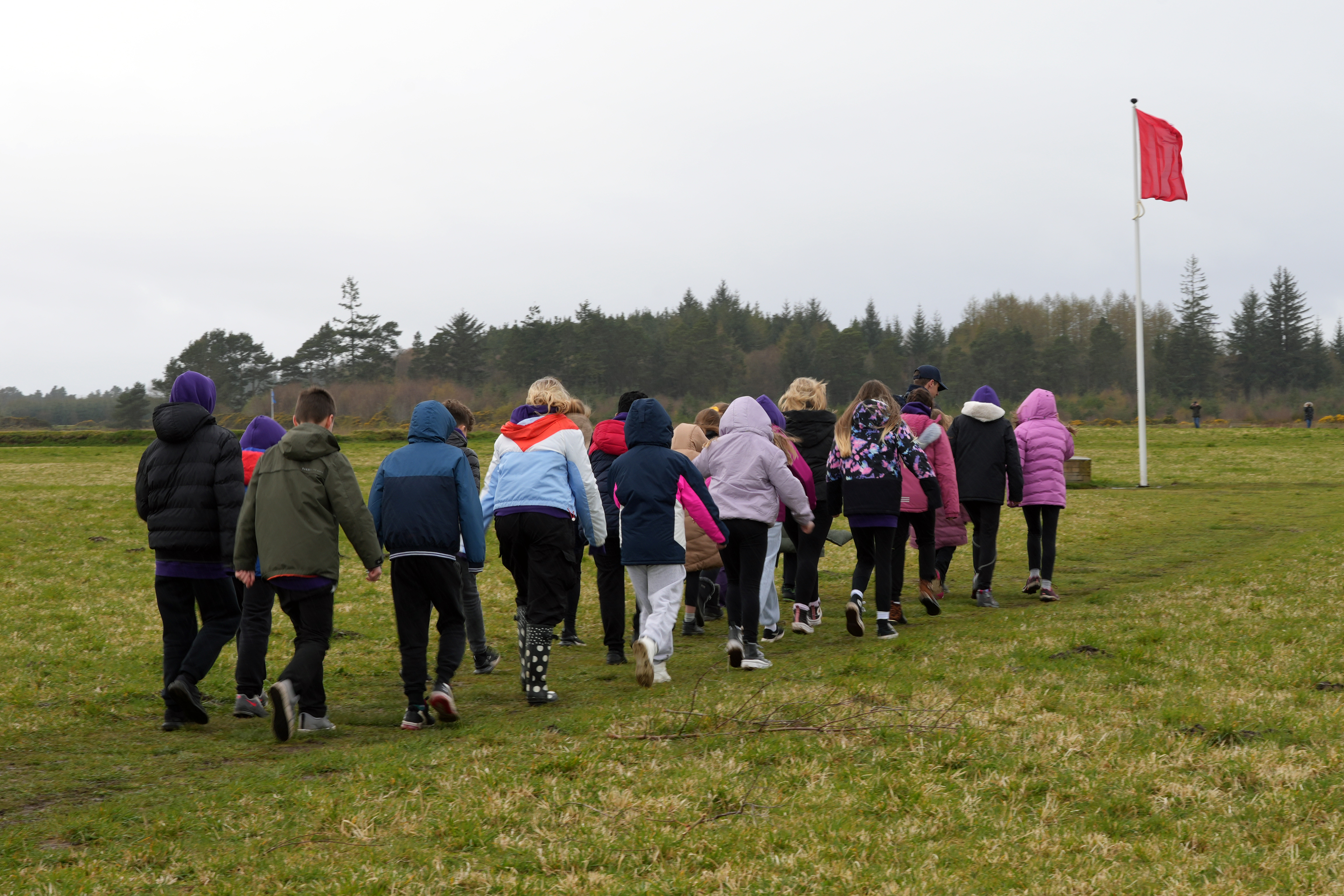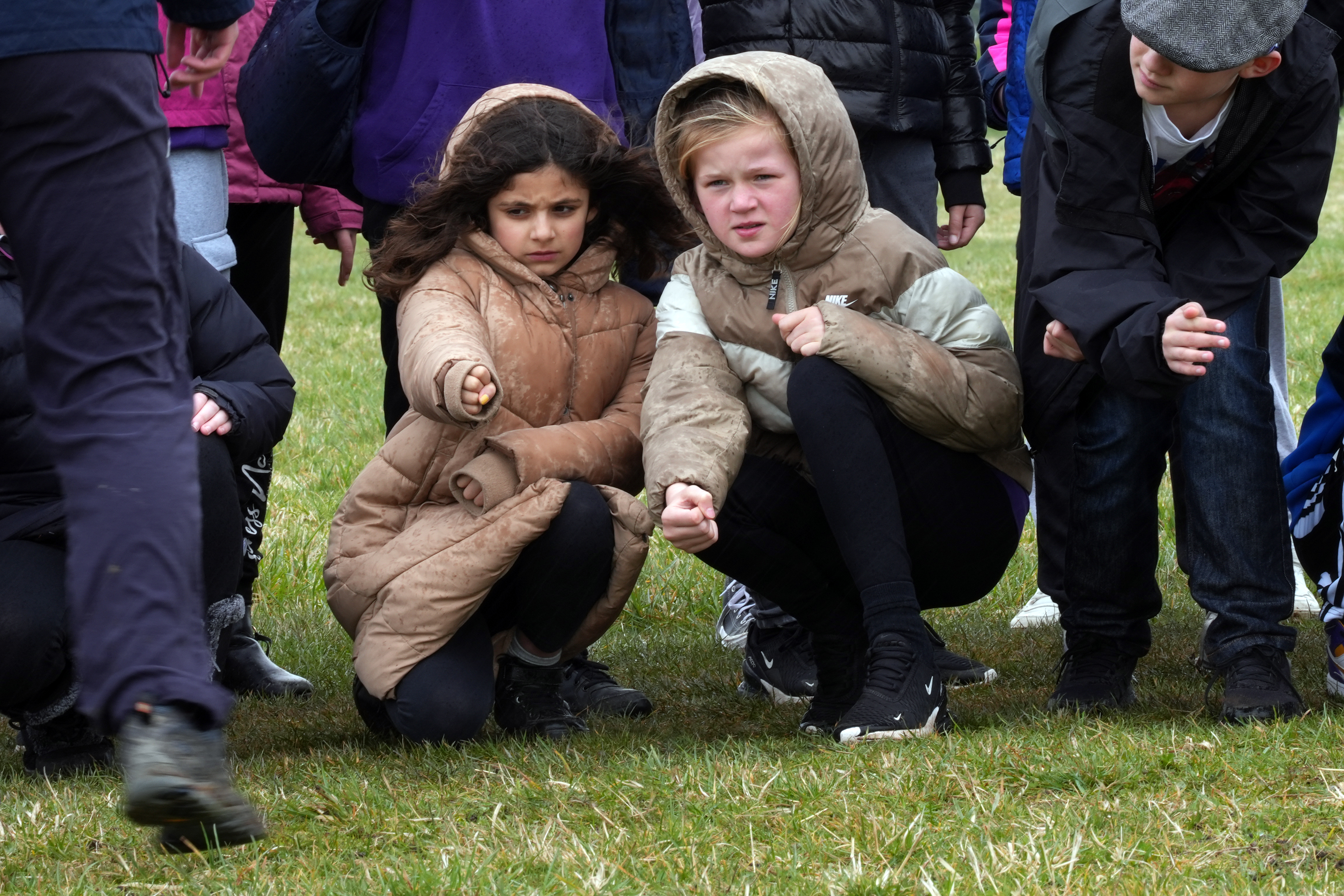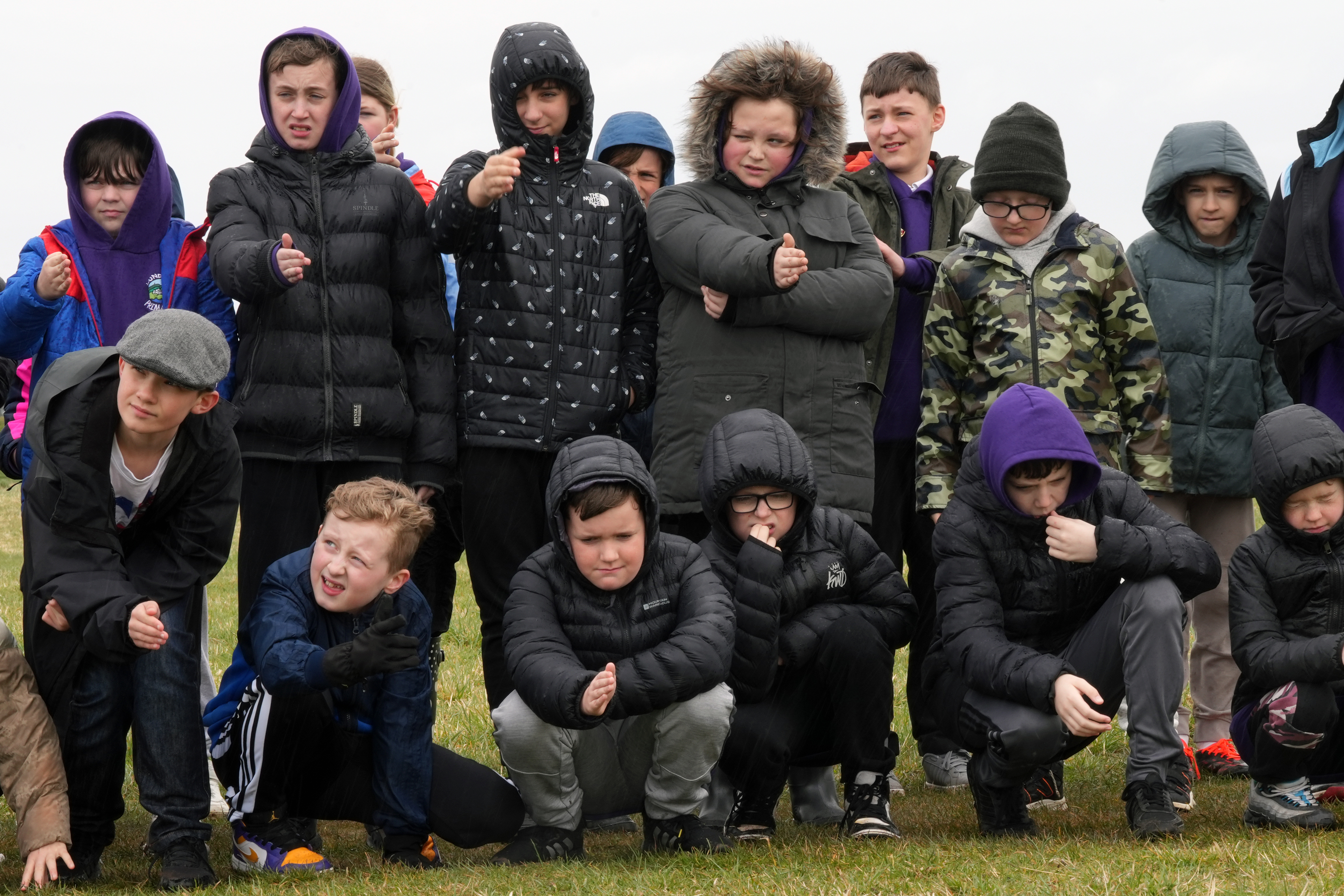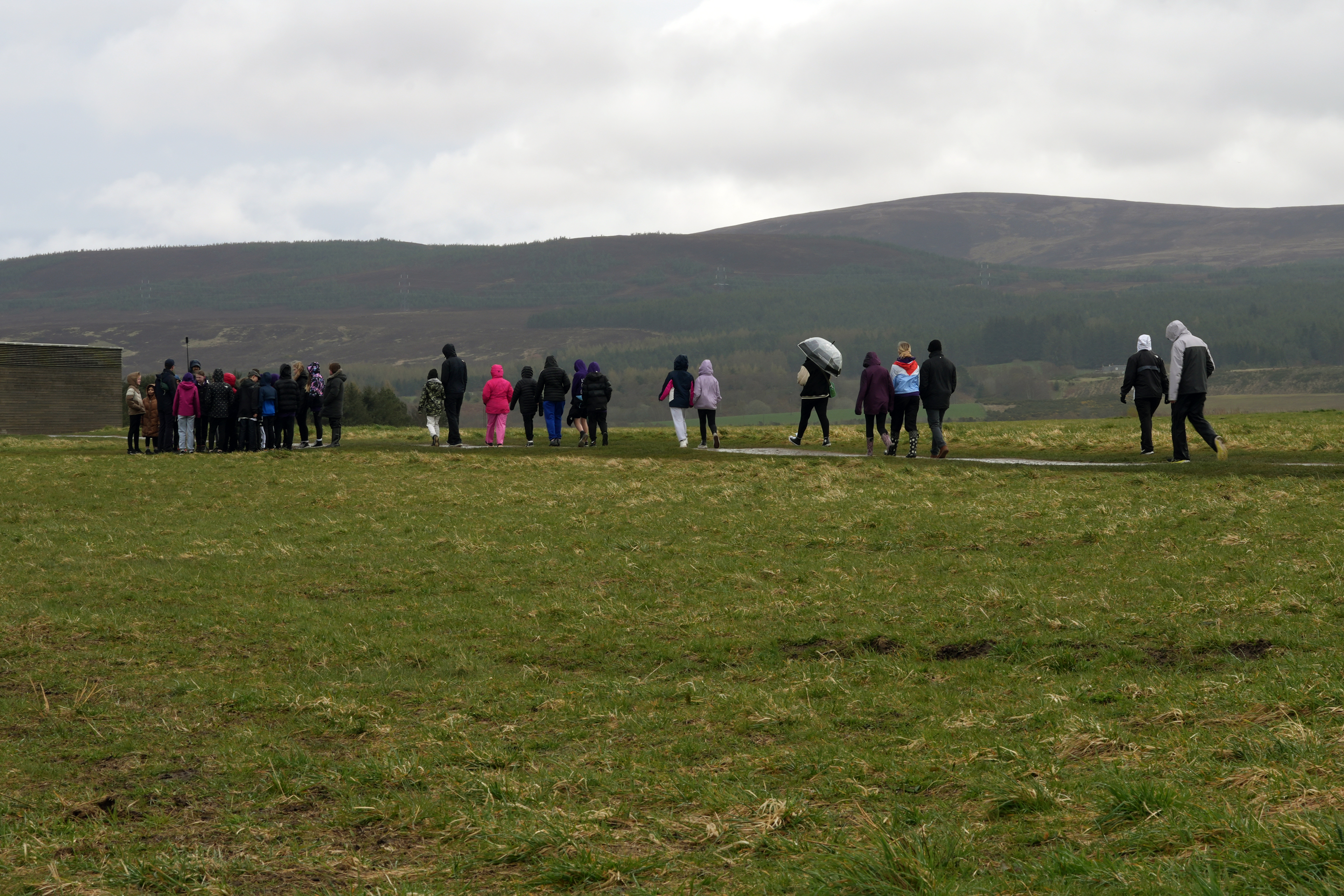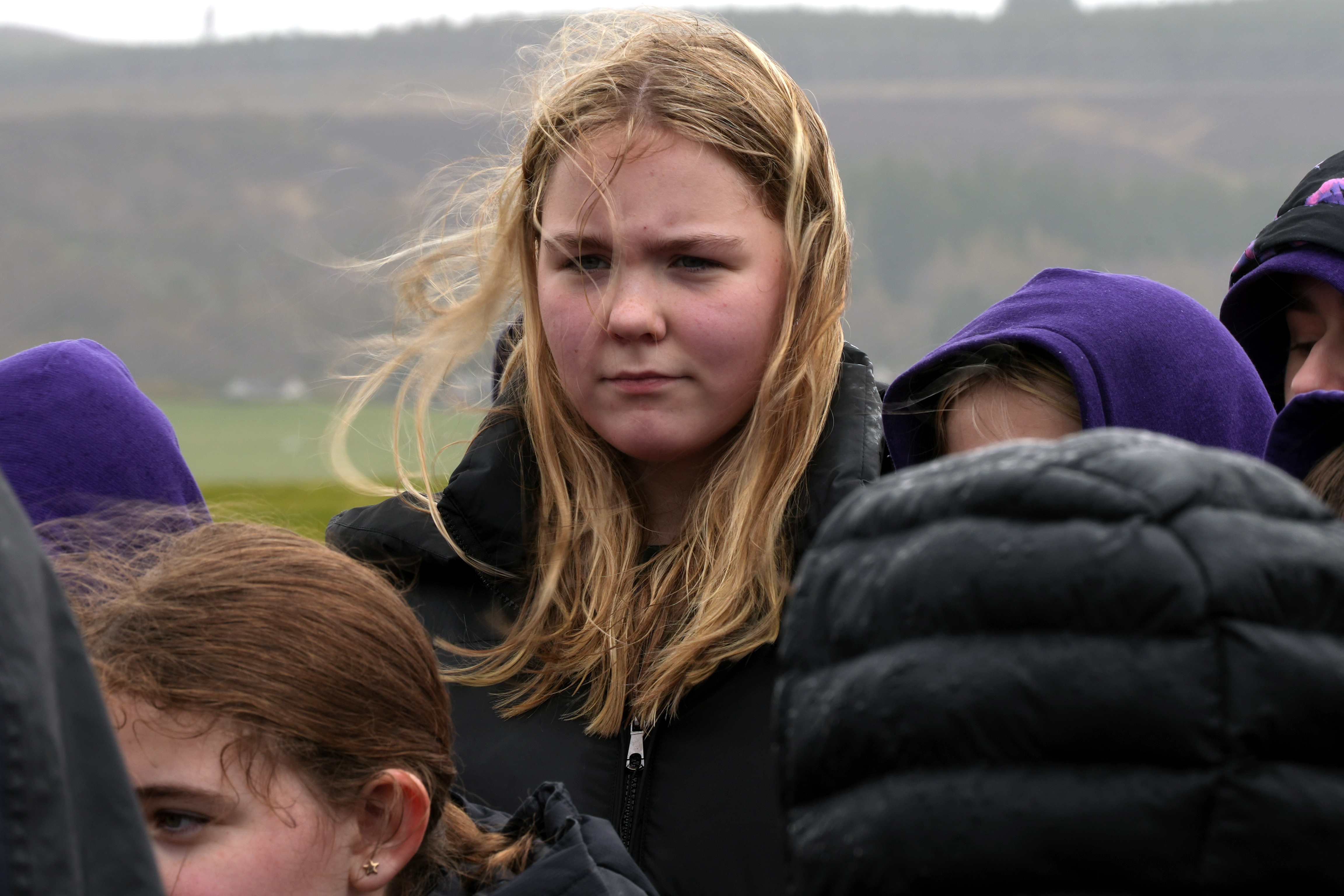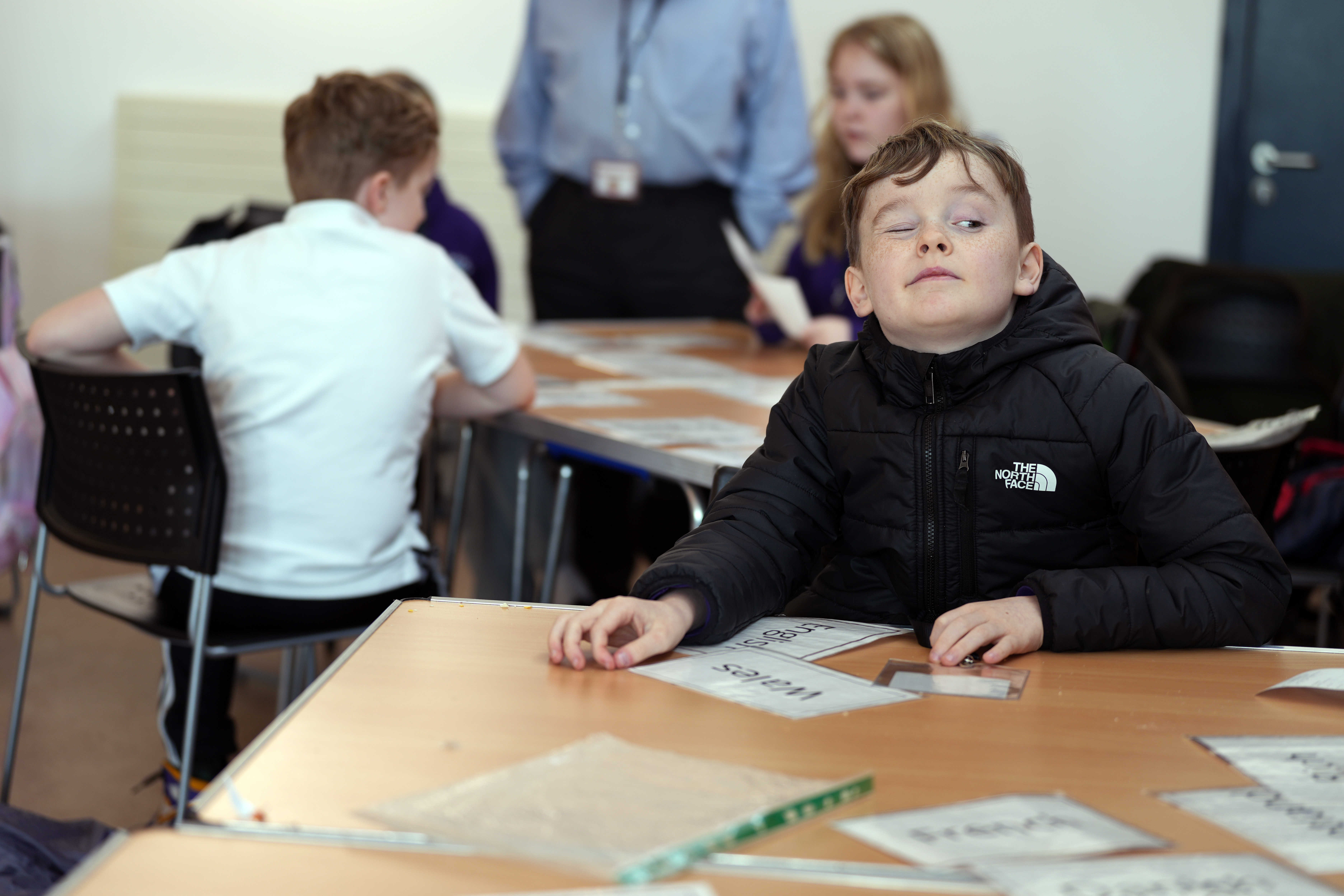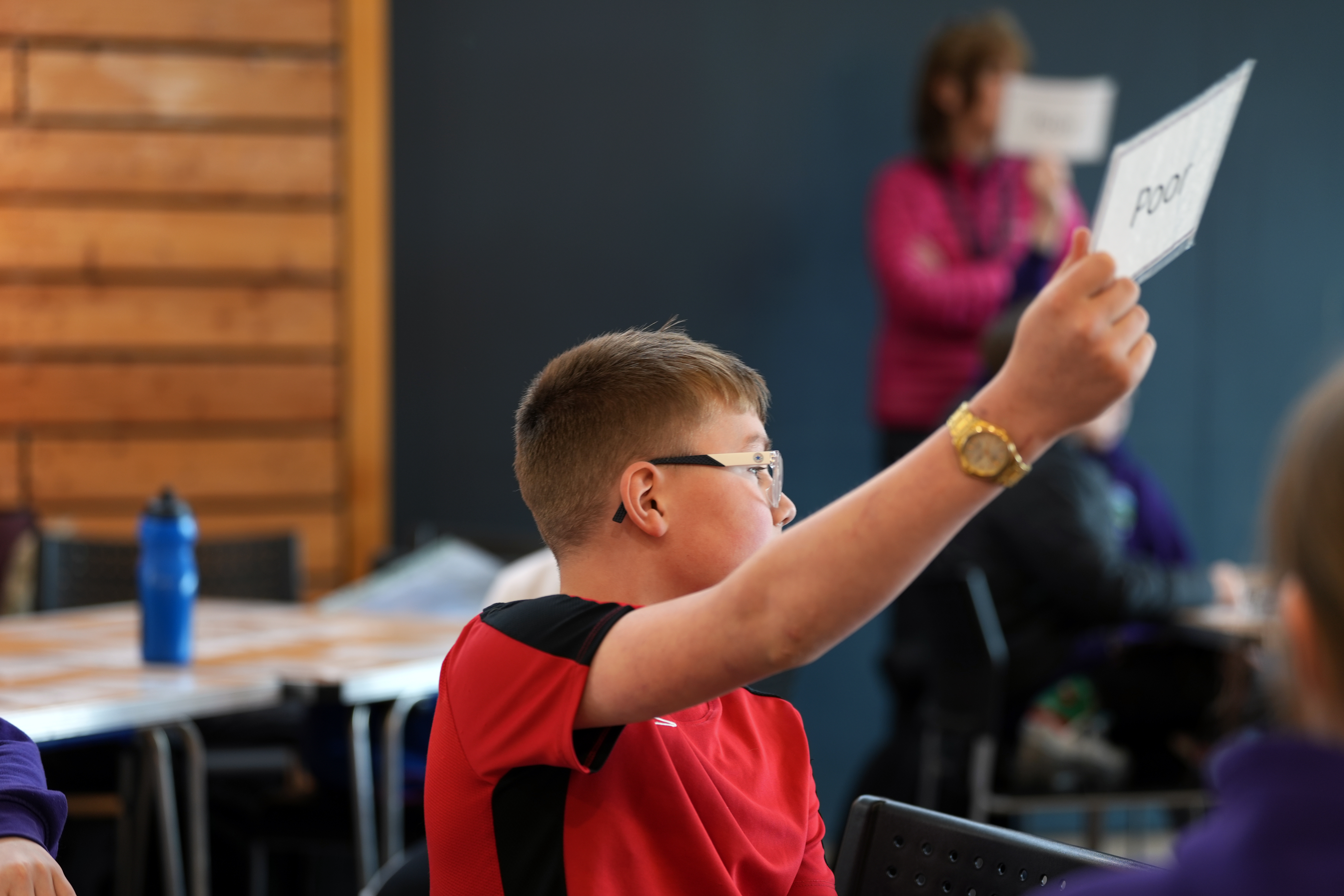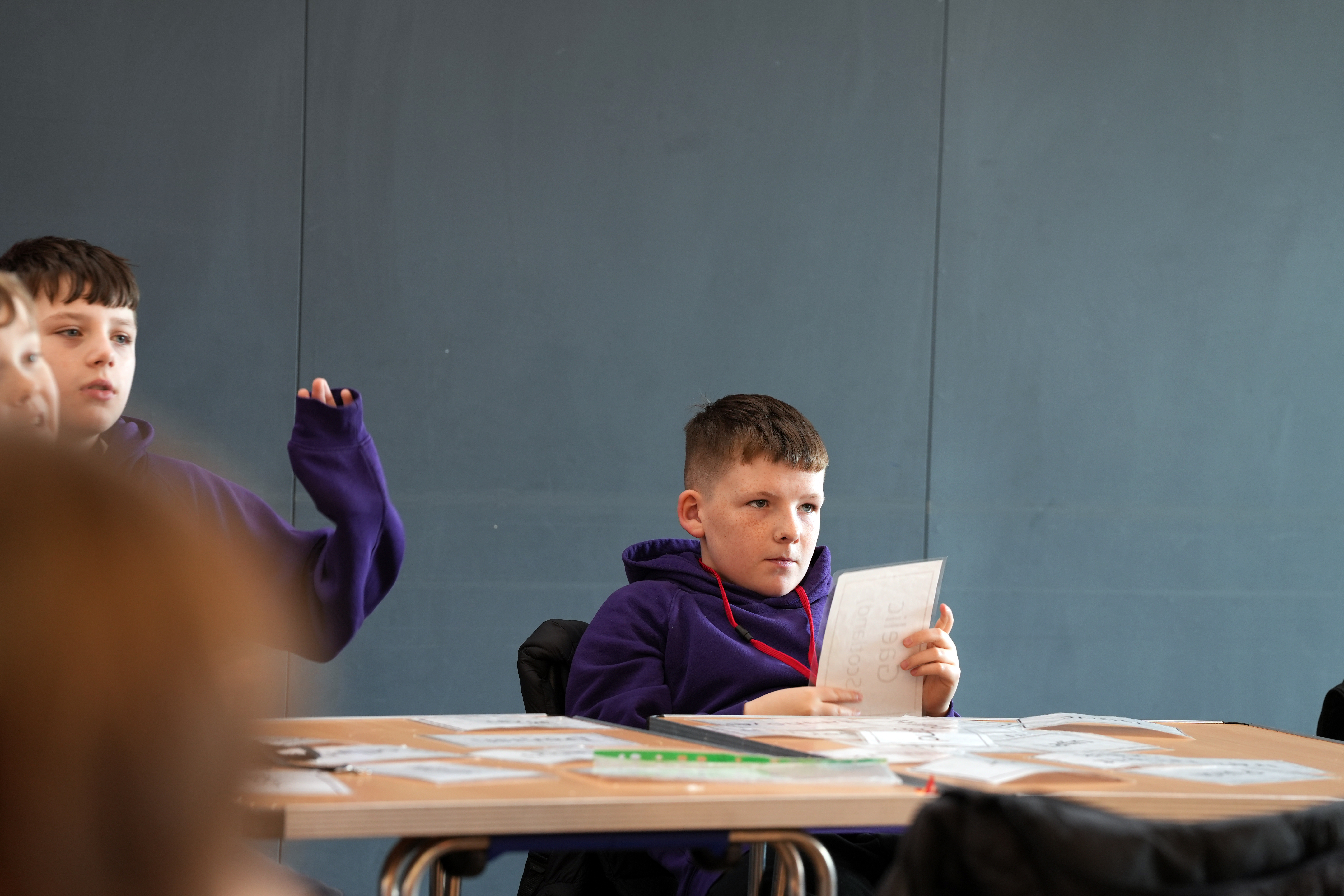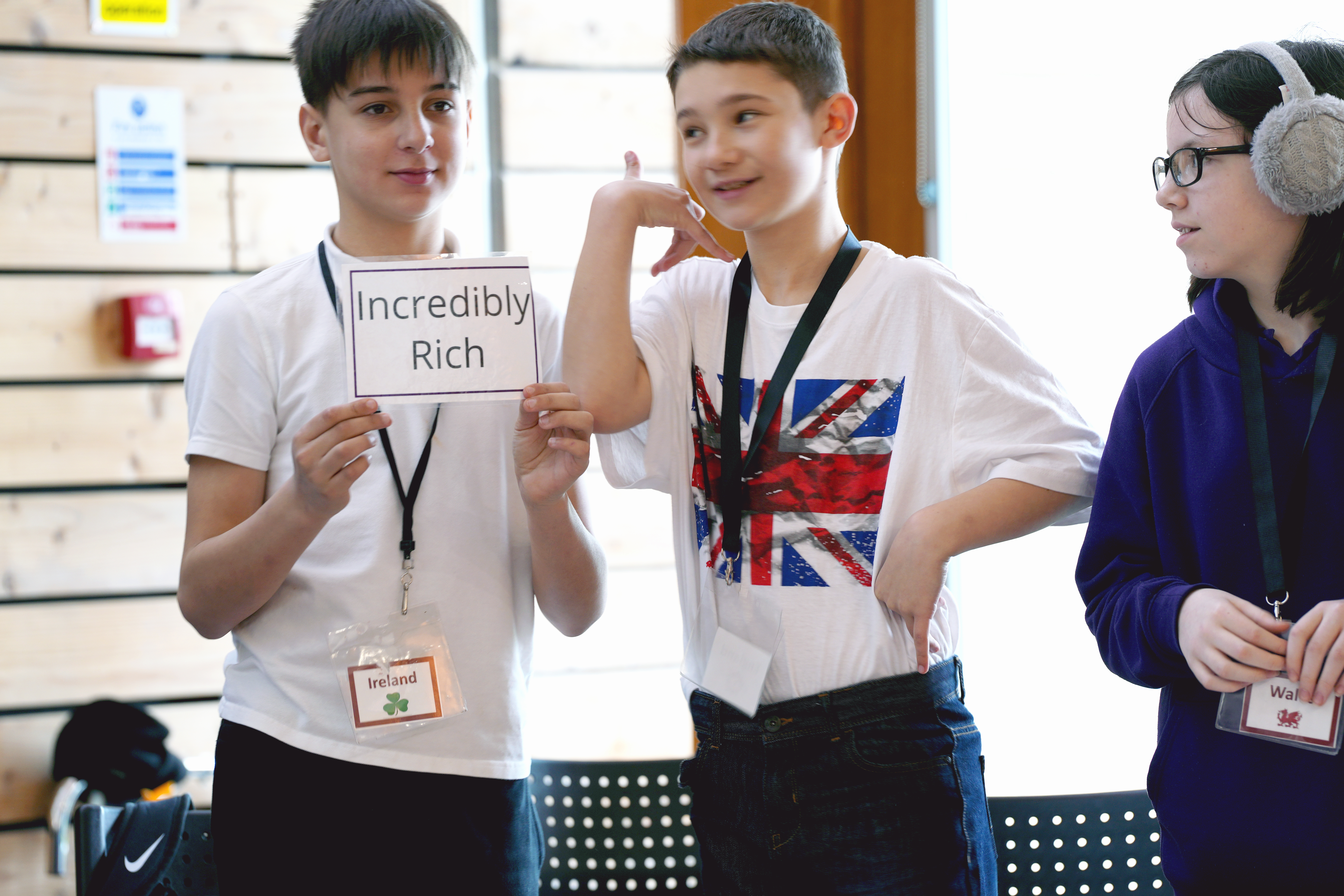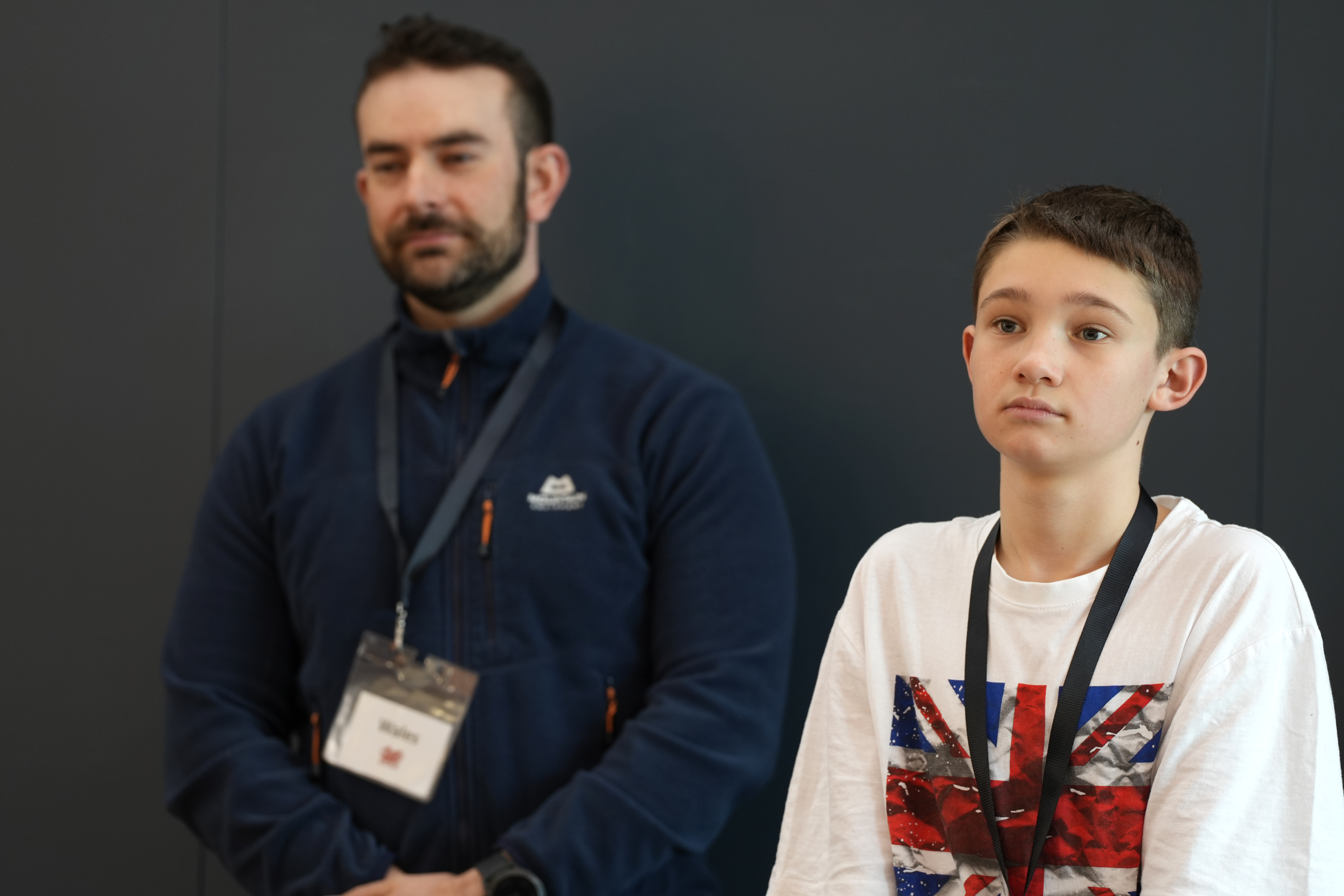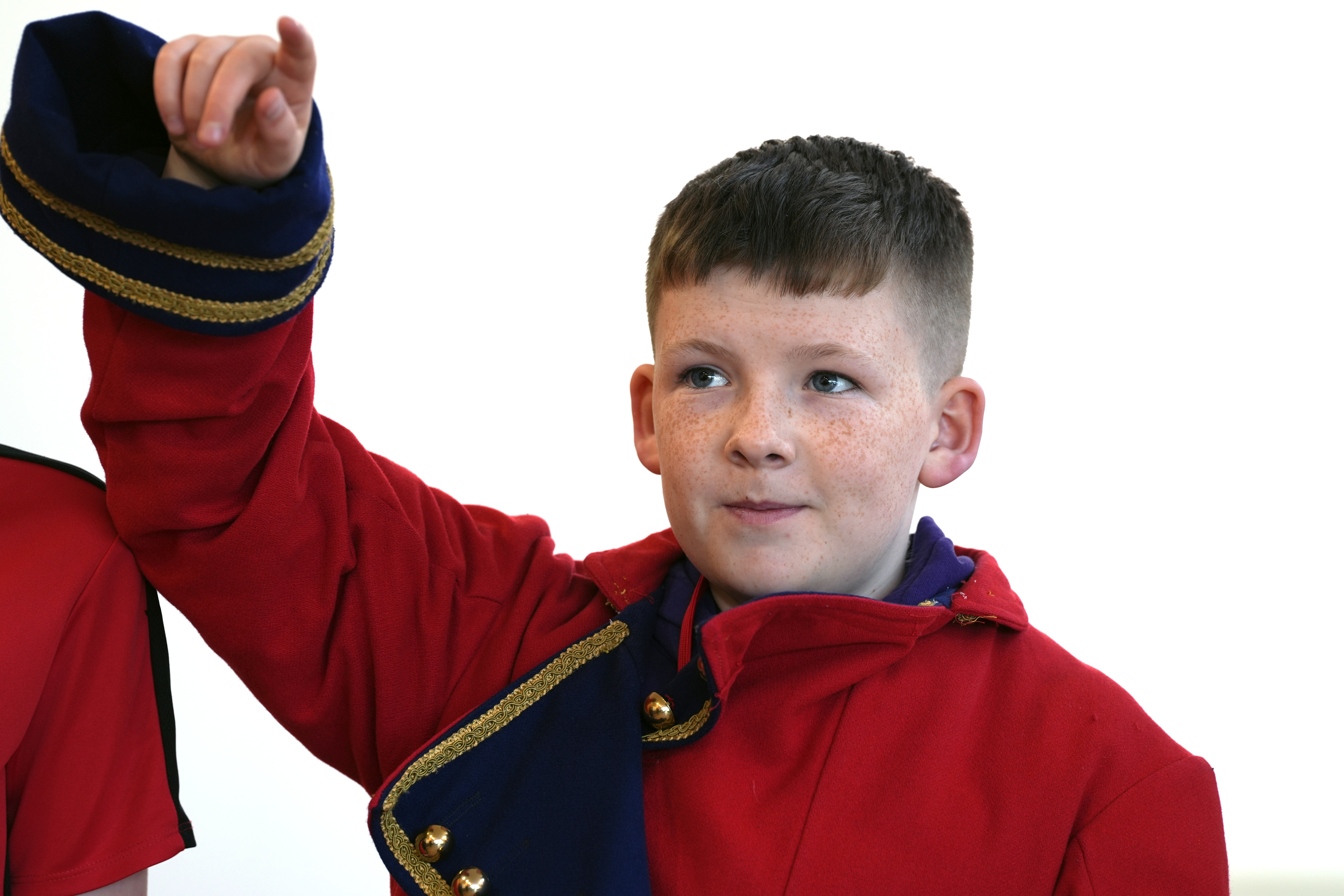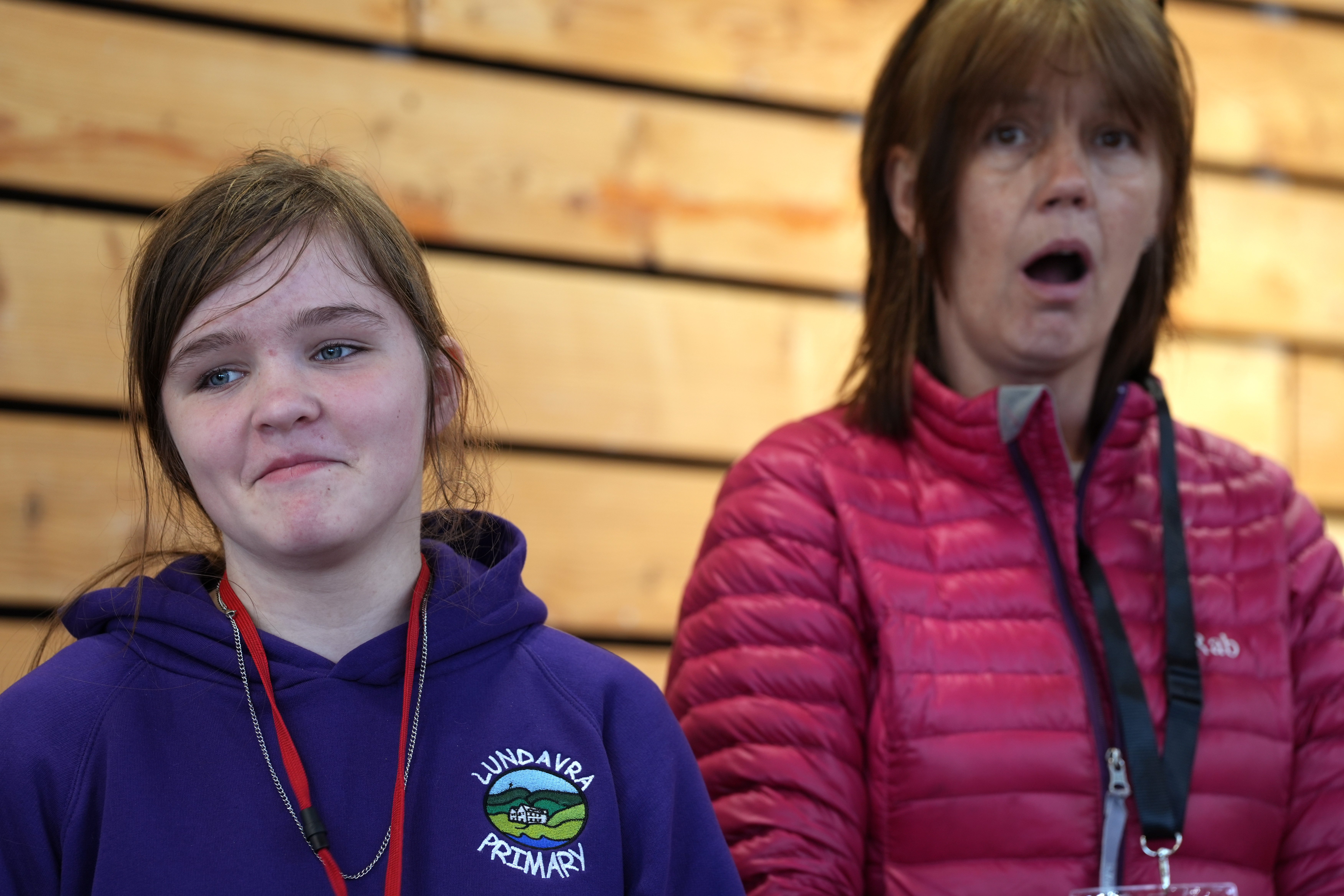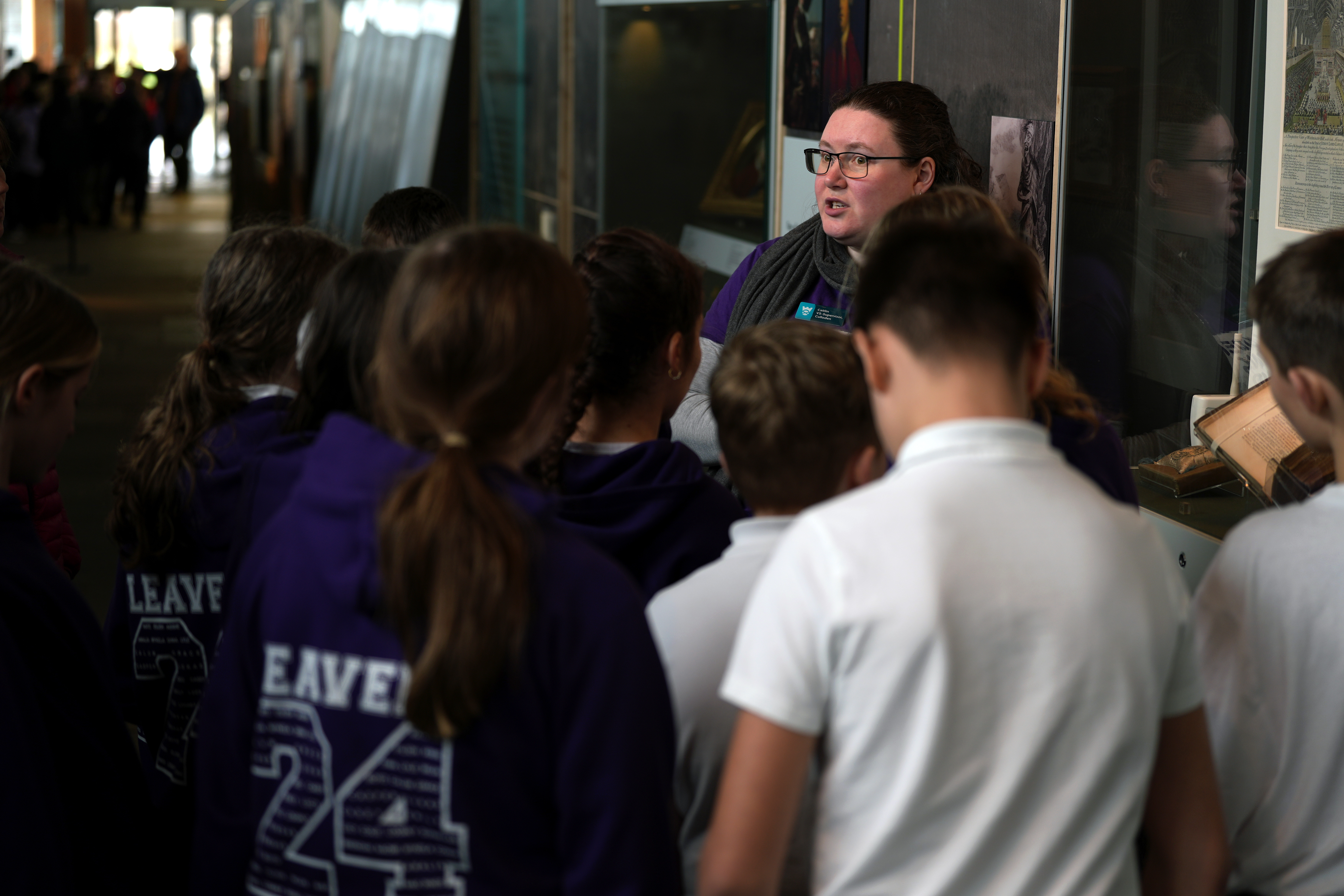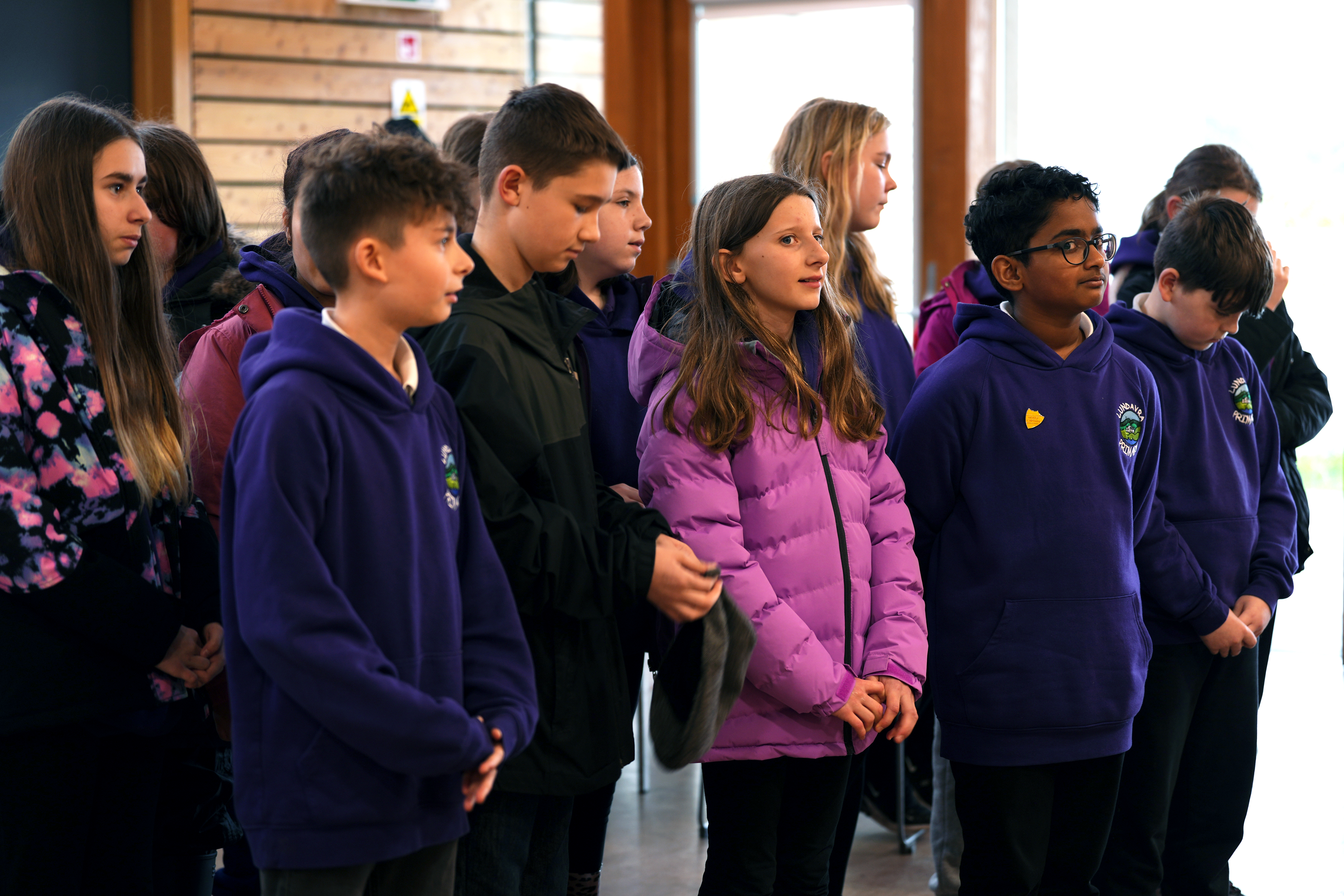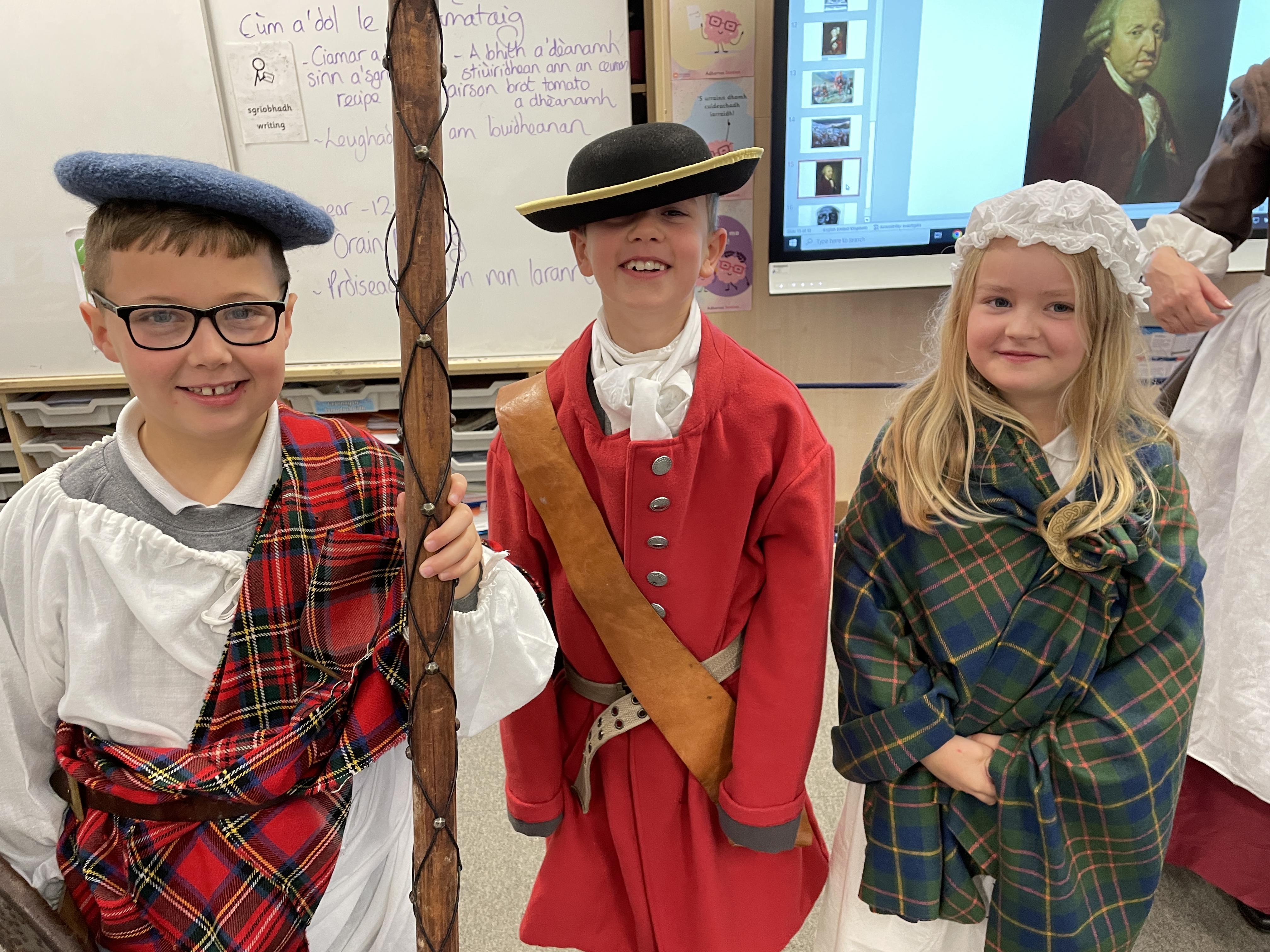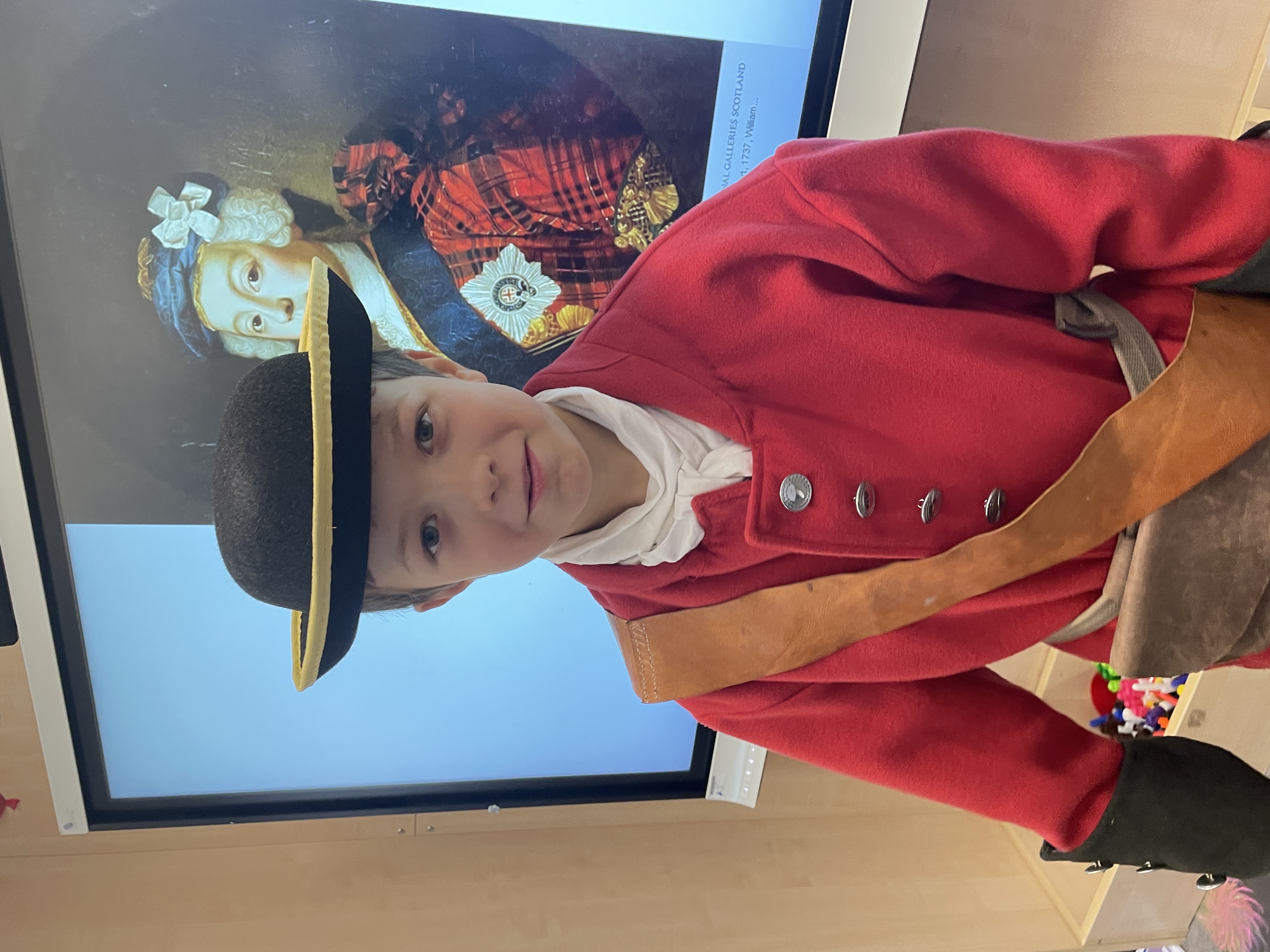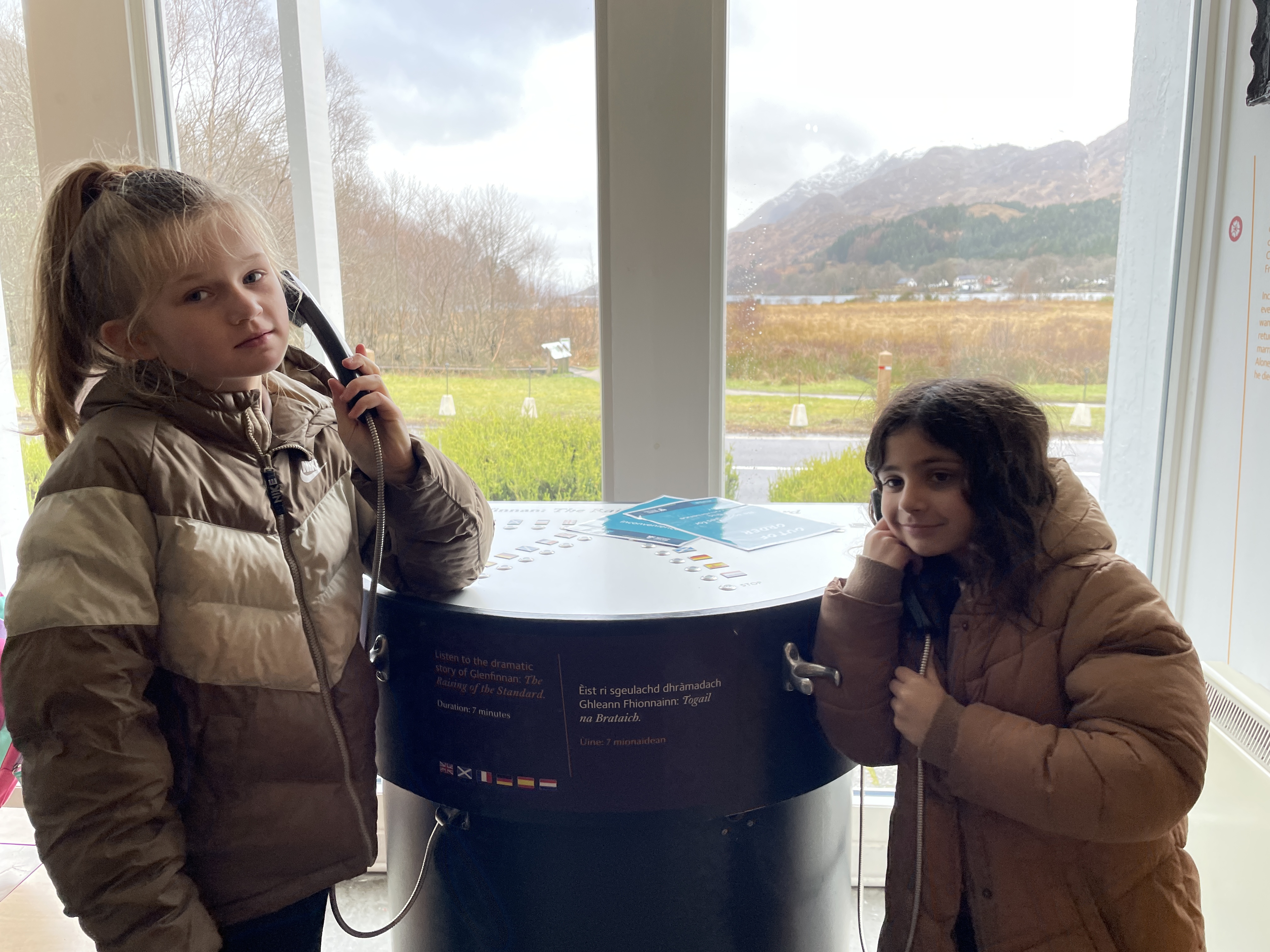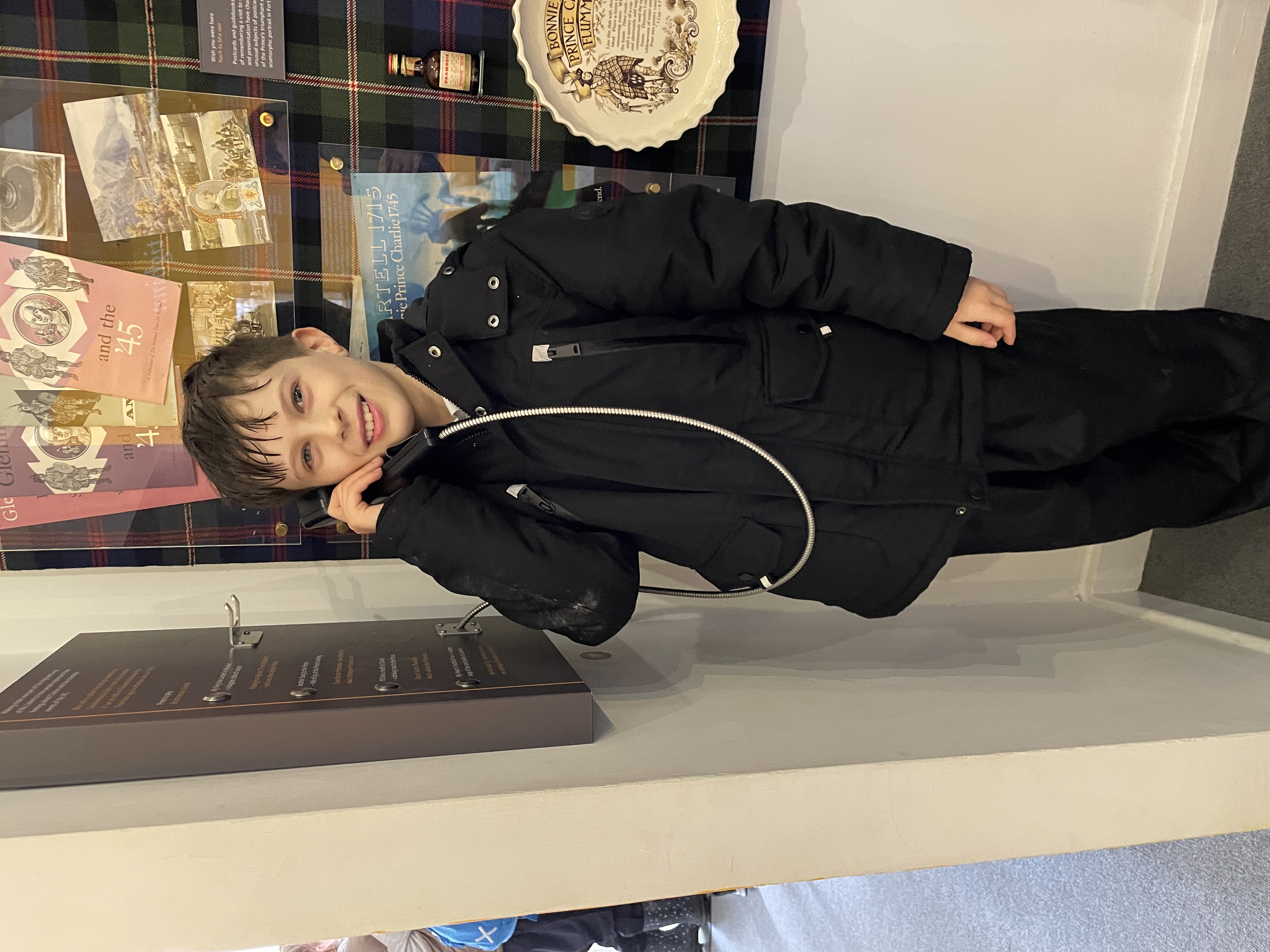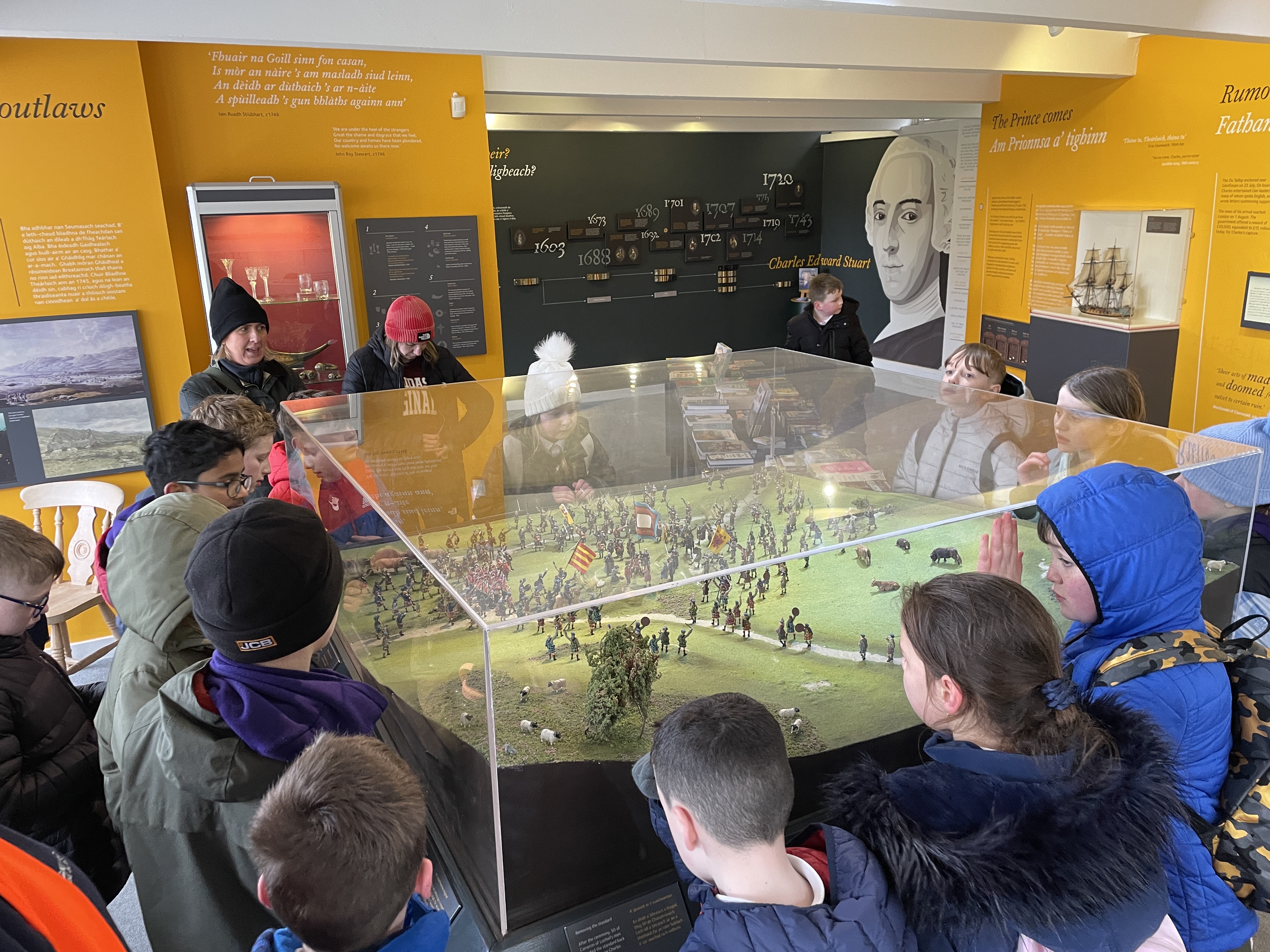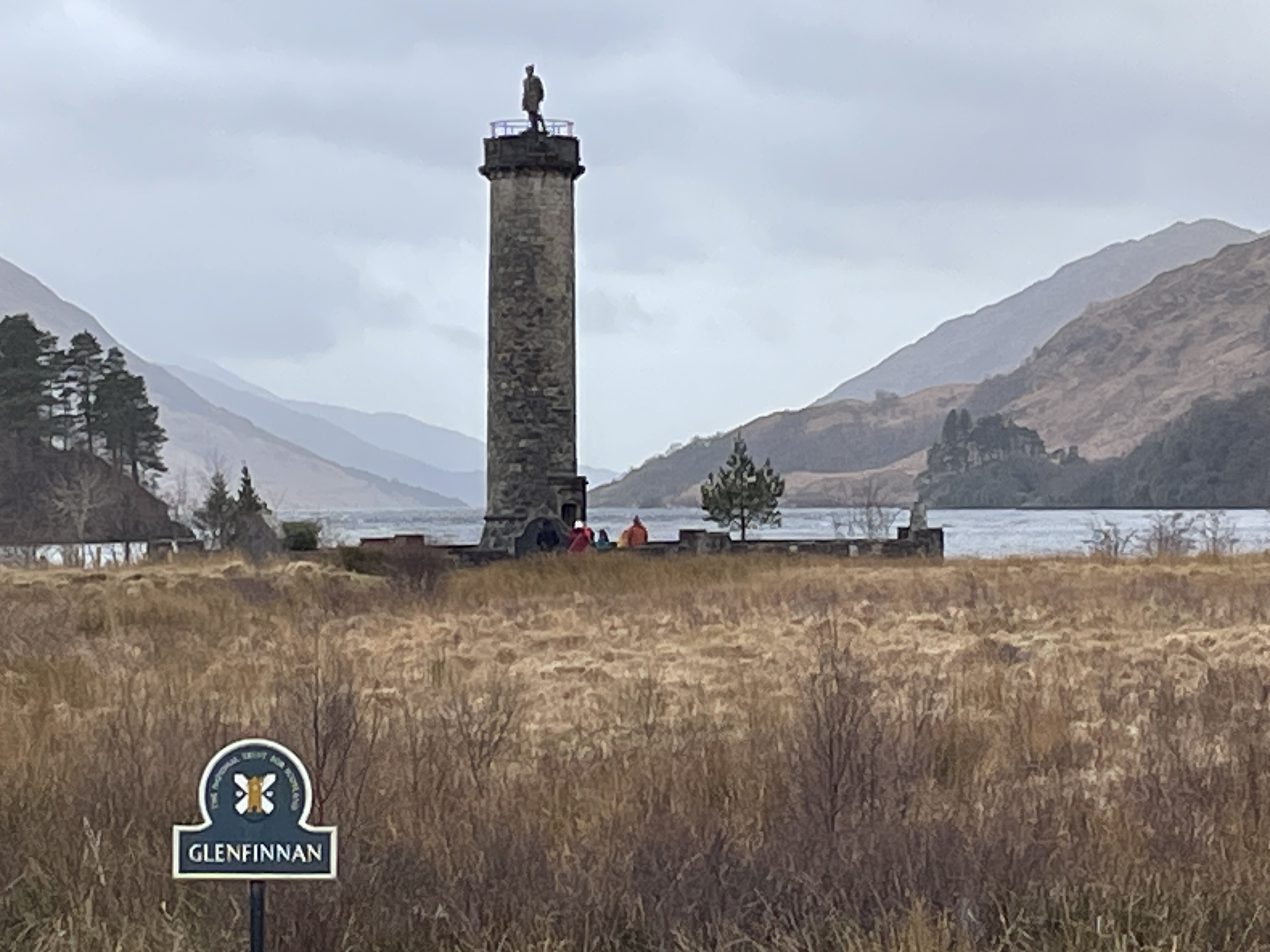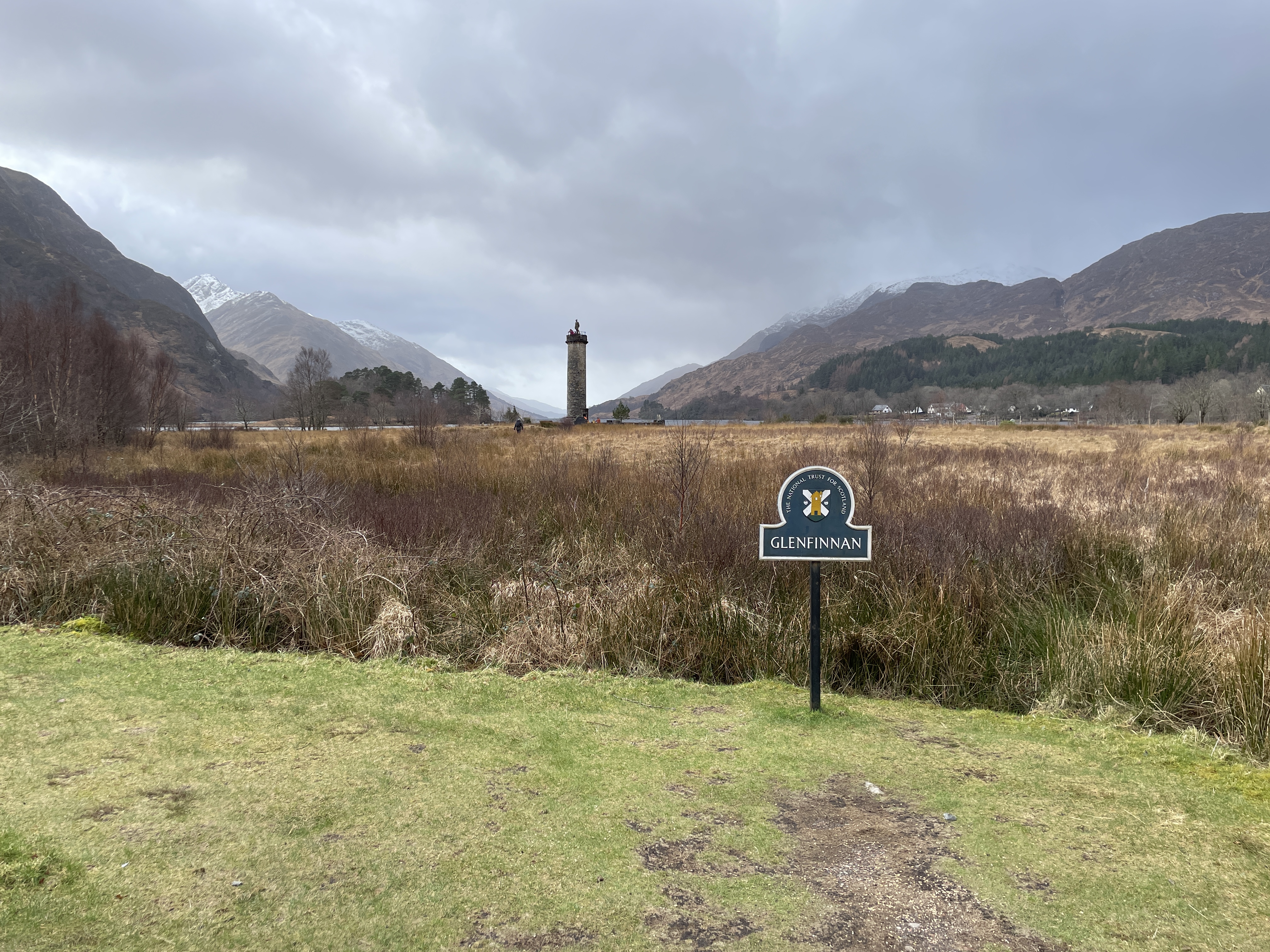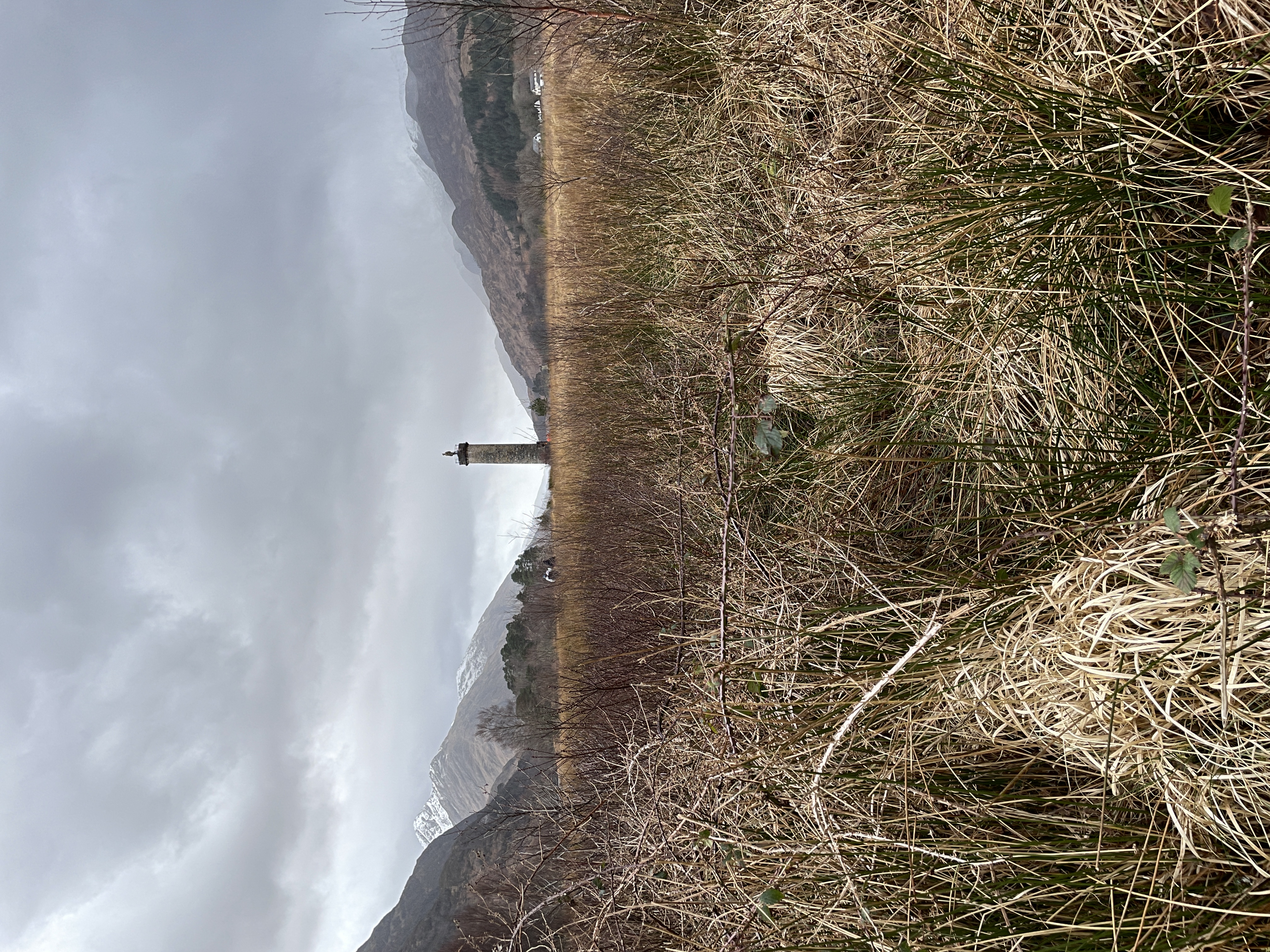Jacobites
The Jacobites/Na Seumasaich
Our most famous local history
For most Lochaber people, the Jacobite era is the one most strongly associated with our part of the world. This history, often romanticised, brings visitors from around the world to Lochaber. The Jacobite objects in the collections of West Highland Museum are, for many, the main attraction. Read More
Glenfinnan Monument / Carragh Gleann Fhionnainn.
Fredia’s Speach.
The Massacre of Glencoe, 1692
King William of Orange wanted to ‘pacify’ the Jacobite Highland clans. He demanded that their chiefs sign an oath of allegiance to him, and if they refused, they would be punished as traitors. In 1692, the chief MacIan of the MacDonalds of Glencoe was the last to sign. The old chief was very loyal to King James, but decided to take the oath to King William to save his clan. It was the middle of winter, and the elderly MacIan had to battle through ice and snow to Inverary to take the oath. But it was too late; the decision to punish the clan anyway had been taken.
A company of 120 soldiers led by a Captain Campbell, had demanded accommodation with the Glencoe MacDonald clan. There was still a strong tradition of Highland hospitality, but, in any case, the clan could hardly refuse these armed men. On 12th February 1692, the order was given to ‘put all to the sword’. In the middle of the night, the soldiers attacked the clanspeople, and 38 were killed, including chief MacIan, women and children. Many managed to escape, but another 40 people died of cold in the snowy mountains.
The massacre of Glencoe still resonates today, not only as an atrocity, but as a terrible betrayal of Highland culture.
The Siege of Fort William/An Gearasdan, 1746
The town of Fort William takes its name from the Jacobite years. An older wooden fort was replaced with a stone fort in 1690, and was named after the king. In later years, the whole town took the name Fort William. Nowadays, a lot of us just call it ‘the Fort’!
In 1746, during Bonnie Prince Charlie’s campaign, the 600 redcoat soldiers in the Fort were besieged by the Jacobite Army. The Jacobites bombarded the fort with cannons and mortars from Cow Hill, but the fort was just out of range, and so the fort was largely undamaged.
Sadly for local people, the little town of Maryburgh just outside the fort was burned to the ground, leaving them all homeless. The order was given from the fort to burn the town to prevent Jacobites from hiding among the houses. The houses were only allowed to be made of wood, so that they could be burned if the fort was attacked.
The Raising of the Standard at Glenfinnan, 1745
This famous event signalled the beginning of the Jacobite Rising of 1745.
On August 19th of 1745, Prince Charles Edward Stuart raised his father’s royal standard at Glenfinnan. Around 1,200 Highlanders came to pledge their allegiance to the Jacobite cause.
In 1815, a monument was erected at Glenfinnan to commemorate this historic event. If you visit, you can climb the monument and stand beside the lone Highlander at the top.
The story of Jenny Cameron, 1745
Flora MacDonald was not the only brave woman to help the Jacobite cause. There were many others.
Jenny Cameron was the daughter of the chief of Clan Cameron of Glendessary, about 20 miles from Fort William. She raised 300 clansmen as troops and led them to Glenfinnan to join Prince Charlie’s Jacobite army. She did this because her father had died and her brother was disabled. To punish her for doing this, many lies about her were written which made her seem like a very bad woman. After Culloden, she left the Highlands and started a school for Jacobite orphans near Glasgow.
The young learners from our partner schools enjoying workshops, and excursions to Culloden Battlefield and Glenfinnan.
Want to learn more?
The Jacobite Rebellions 1689 – 1745 by Michael Barthorp, Osprey publishing
1314 and all that by Scoular Anderson, pages 125 to 140
Bonnie Prince Charlie and all that by Allan Burnett
Learning resource for teachers: Click here
See in the museum?
The West Highland Museum has lots of interesting objects from the Jacobite years. You can find them in the Governor’s room and the Jacobite gallery. Some of these cannot be proven to belong to Bonnie Prince Charlie, such as the tooth and the lock of hair. These can be called ‘pious relics’ as they show how strongly people felt about Prince Charlie – they wanted to have something real from the Prince and the Jacobite cause.
- The Governor’s room. We’re talking about the room itself! The actual wall panelling from the Governor’s office was used to reconstruct the room in the museum. Fascinating objects from the fort itself are displayed, such as cannonballs, a pair of metal-rimmed glasses, and a painting of a soldier on a piece of tin. It was in this room that the order for the Massacre of Glencoe was signed in 1692.
- The most popular object in the museum is the Secret Portrait of Prince Charles Edward Stuart (Bonnie Prince Charlie). It looks like a messy splatter of paint on a board. You need to climb on a stool to look down from above to see the Prince’s portrait in the mirror!
- Prince Charlie’s death mask. This is quite creepy! The mask was made by making a plaster cast of the Prince’s face, after he had died. You are looking at his actual face!
- The VR experience of the Siege of Fort William, 1746. Don’t miss this! This is a fantastic, detailed, immersive re-creation of old Fort William. Explore inside the fort itself, as well the Jacobite encampment, the town of Maryburgh, and ships on Loch Linnhe. See the redcoat soldiers, Jacobites and local people and note how they are dressed. The VR experience was created for the West Highland Museum by the University of St. Andrews.
Interesting places to go
The remains of the old Fort William. Sadly, almost all of the old Fort was demolished, originally to make way for the railway in the late 19th century. However, some of the old Fort walls can be seen, down by the shore close to Morrison’s.
Glenfinnan Monument visitor centre, National Trust for Scotland. Click here
Culloden Battlefield visitor centre, National Trust for Scotland. Click here
Accordion Heading
Design and make a Highland Targe like the ones in the West Highland Museum. Cut out a large circle of cardboard and paint it brown. Add your own pattern and make embossing out of scrunched foil or other materials, which can be painted with brass coloured metallic paint.
In a group or class, make a timeline with pictures of the main events of the Jacobite years in Scotland.
Make a death mask like Prince Charlie’s one in the museum. Blank card masks can be bought online.
What did our partner schools do?
Both Bun-Sgoil Ghàidhlig Loch
Abar and Lundavra Primary had a trip to Glenfinnan, and were given informative talks by NTS Scotland staff, as they climbed the monument and went up to the viewpoint.
WHM provided some financial assistance to Lundavra Primary School to top up their existing budget for a school trip to Culloden battlefield. The pupils explored the excellent visitor centre, and were given a guided tour of the battlefield site and its terrible history.
Workshops were delivered in the schools by the WHM learning team. We focussed on the story of Jenny Cameron. Handling objects were brought in from the museum, including reproduction targes and Lochaber axes. Pupils had a chance to dress up as either Jacobite or Redcoat soldiers, or as women civilians of the time.
The schools also continued learning more about the Jacobites with their teachers.
A tour of the Governor’s room in West Highland Museum
A gallery of models made by pupils from Bun-Sgoil Ghàidhlig Loch Abar.
